News
-
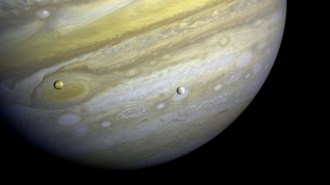 Planetary Science
Planetary ScienceBaby Jupiter glowed so brightly it might have desiccated its moon
During its infancy, Jupiter may have glowed about 10 thousand times brighter than it does today, which may explain why its moon Io is completely dry.
By Nikk Ogasa -
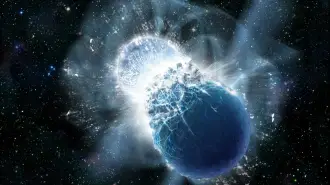 Astronomy
AstronomyA neutron star collision may have emitted a fast radio burst
Astronomers spotted both a fast radio burst and gravitational waves from a cosmic smashup in the same part of the sky and at about the same time.
-
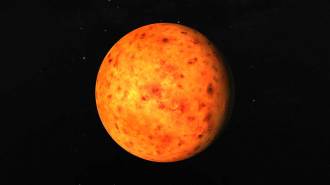 Astronomy
AstronomyThe biggest planet orbiting TRAPPIST-1 doesn’t appear to have an atmosphere
TRAPPIST-1b is hotter than astronomers expected, suggesting there’s no atmosphere to transport heat around the planet.
By Sid Perkins -
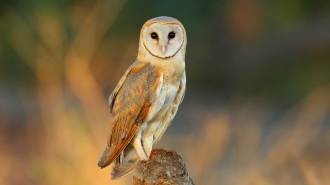 Animals
AnimalsVolcanic sulfur may make barn owls grow redder feathers
Barn owls on volcanic islands tend to have redder plumage than those on nonvolcanic islands, possibly due to an influx of sulfur in the environment.
By Jake Buehler -
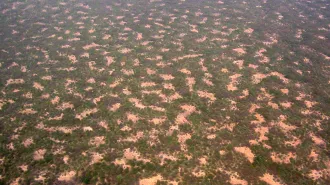 Math
MathChia seedlings verify Alan Turing’s ideas about patterns in nature
New experiments confirm that complex patterns in plants emerge from a model proposed by mathematician Alan Turing.
-
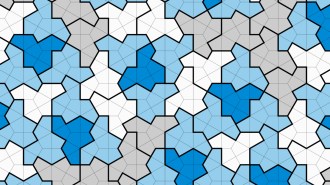 Math
MathMathematicians have finally discovered an elusive ‘einstein’ tile
After half a century, mathematicians succeed in finding an ‘einstein,’ a shape that forms a tiled pattern that never repeats.
-
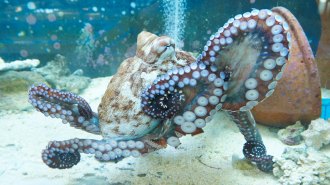 Animals
AnimalsScientists have now recorded brain waves from freely moving octopuses
The data reveal some unexpected patterns, though it’s too early to know how octopus brains control the animals’ behavior, a new study finds.
-
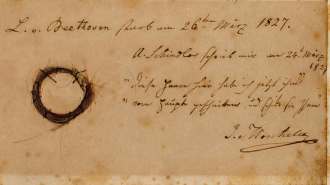 Genetics
GeneticsDNA from Beethoven’s hair hints at what killed the composer
Many historians suspect Beethoven died from liver failure. A new analysis shows he had a heightened genetic risk for liver disease, researchers say.
By Freda Kreier -
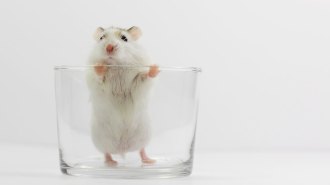 Health & Medicine
Health & MedicineA hormone shot helped drunk mice sober up quickly
Drunk mice injected with the hormone FGF21 woke up and regained their balance faster than inebriated mice that did not receive the shot.
By Freda Kreier -
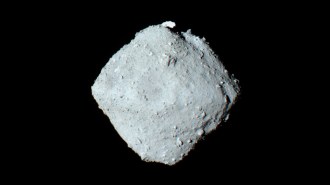 Space
SpaceA crucial building block of life exists on the asteroid Ryugu
A sample from Ryugu collected by Japan’s Hayabusa2 spacecraft contains uracil, a component of RNA, which is found in all living cells.
-
 Health & Medicine
Health & MedicineU.S. cases of a deadly fungus nearly doubled in recent years
Though numbers are still small, clinical cases of Candida auris in the jumped 95 percent from 2020 to 2021, a CDC survey finds.
-
 Astronomy
AstronomyThe mystery of Christiaan Huygens’ flawed telescopes may have been solved
The discovery of Saturn’s largest moon, Titan, may have come despite its discoverer, Christiaan Huygens, needing eyeglasses.